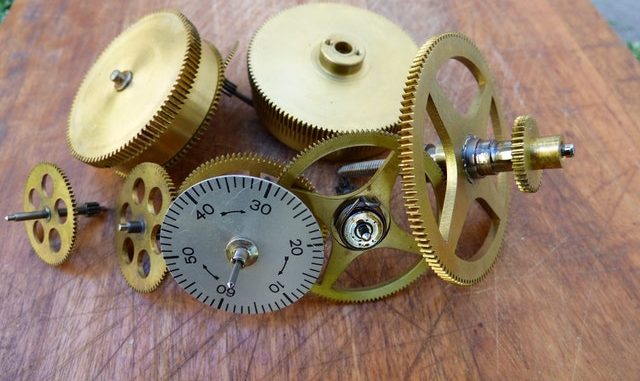
Mechatronics, or mechatronic engineering combines mechanical and electrical engineering to design innovative products and systems. These systems must rely on mechanical and electrical components working together in harmony.
The list includes DVD disc drives, anti-lock braking systems, manufacturing, electric motors and clothes dryers, among others. These devices require electronic controls and feedback systems to interact seamlessly with their mechanical design.
Origins of Mechatronics
The term mechatronics, originally coined in 1969 by Japanese engineer Tetsuro Mori, describes mechanical, electronic, computing, and control systems combined into a single field of study. The interactions between these disciplines allow machines to perform complex functions quickly.
Computer algorithms and electronic controls efficiently operate machinery faster and more precisely than a human operator. A prime example of this concept includes industrial robotics. Mechanical arms and tools move in specific patterns and respond to feedback from integrated sensors and computer software.
Electric Motor Control
The simplest way to control an electric motor involves a common on-off switch or a motor starter for larger loads. However, this method produces almost no feedback from the motor itself. As a result, there’s no way to monitor its efficiency or program it with more advanced functions.
The most basic form of mechatronics in relation to AC electric motors, includes the variable frequency drive, or VFD. These drives connect directly to a standard electric motor while performing a wide range of functions. Their main purpose, speed control, is achieved by changing the electrical frequency supplied to the motor. This allows fine control over rotational speed and direction.
VFDs monitor a motor’s performance and provide feedback to its programming. It adjusts to keep the motor spinning at a specific speed, or alert technicians to faulty equipment. They also allow for low-speed starts, which reduce start-up inrush currents and save energy.
Programmable Logic Controllers
Motor control systems operate by using a programmable logic controller or PLC. This system allows advanced programming and algorithms to dictate a motor’s behavior. Therefore, they can be programmed to control multiple motors or VFDs. A robotic arm or a large factory machine is a good example of this.
In addition, PLCs can accept inputs from a wide range of sensors and switches. This allows precise feedback from the machine it controls. Furthermore, it executes built-in software.
DC Motors
The smallest high-precision motors, DC motors, found in computer hard drives and DVD readers. Due to their miniaturization, they can be easily controlled by computer software to perform nearly any imaginable task. A battery powered quad-rotor drone offers us a prime example of DC motor control. Accelerometers and gyroscopes feeding data into a computer controller adjust the speed of each motor independently to keep the drone flying level.
Servomechanisms
A simple technology that combines electric motors with feedback control, known as servomechanisms, provides valuable information. They utilize a small electric motor, gearboxes, and a potentiometer to produce accurate position feedback to the motor itself. This ensures that the motor has moved to the correct position. Thus, precise movement control of a motor is possible. Applications of servos include RC car steering, fly-by-wire systems in aircraft, robotics, and industrial control valves.
Servos communicate with computer systems, allowing them to be part of larger mechatronic systems, so they can be controlled by PLCs and computer algorithms.
The field of mechatronics constantly evolves. Therefore, as it does, it incorporates cutting edge computer software and mechanical design, bringing to life new inventions. These breakthroughs make modern-day living much easier and more fun.

